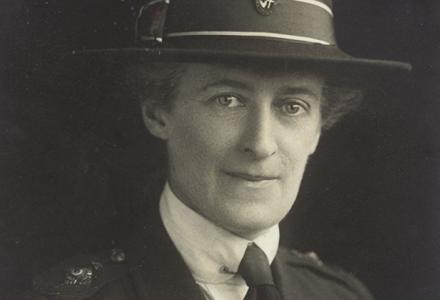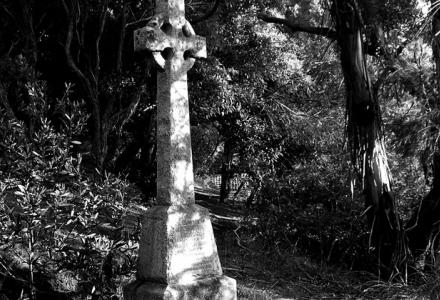Frederick Weir returned to Adelaide in 1918. He was just twenty-two when he joined the Army and most of his adult life had been spent at war. For almost four years he’d served with the 4th Field Ambulance in the Middle East, Belgium, and France.
Weir’s service record suggests he was too ill-disciplined to take to the life of a soldier – or perhaps too badly damaged. And his return to civilian life was never going to be easy. In January 1919, medical staff at Keswick camp reported Frederick Weir had been drinking ‘for a couple of days’ and he was ‘restless, maniacal and had delusions’.
Men like Weir were in need of a fresh start. He and his young wife Elizabeth moved to New South Wales and took up a soldier settlement block forty kilometres from Goulburn.
Frederick Weir struck Inspector Albert Smith as a ‘trier’. As an orchard his land was absolutely worthless, ‘not worth a shilling’ in Smith’s careful estimation.
We don’t know why Weir stayed on in Tallong. But, having invested his gratuity in an overpriced and now unsalable block, there was probably little option. For three years the debts mounted. Then a man who’d survived the deserts of the Middle East and the killing fields of Flanders loaded his rifle and shot himself.
Inspector Smith returned to the block not long after Weir’s suicide and judged it ‘a kindness’ to write off Weir’s debts and repossess the holding. There would be nothing to show for three years of labour.
Today Frederick Weir’s grave lies in a forgotten corner of Tallong Cemetery. His tombstone borders the bush, isolated from all the graves around it. There is no epitaph and even the name is now barely decipherable.



